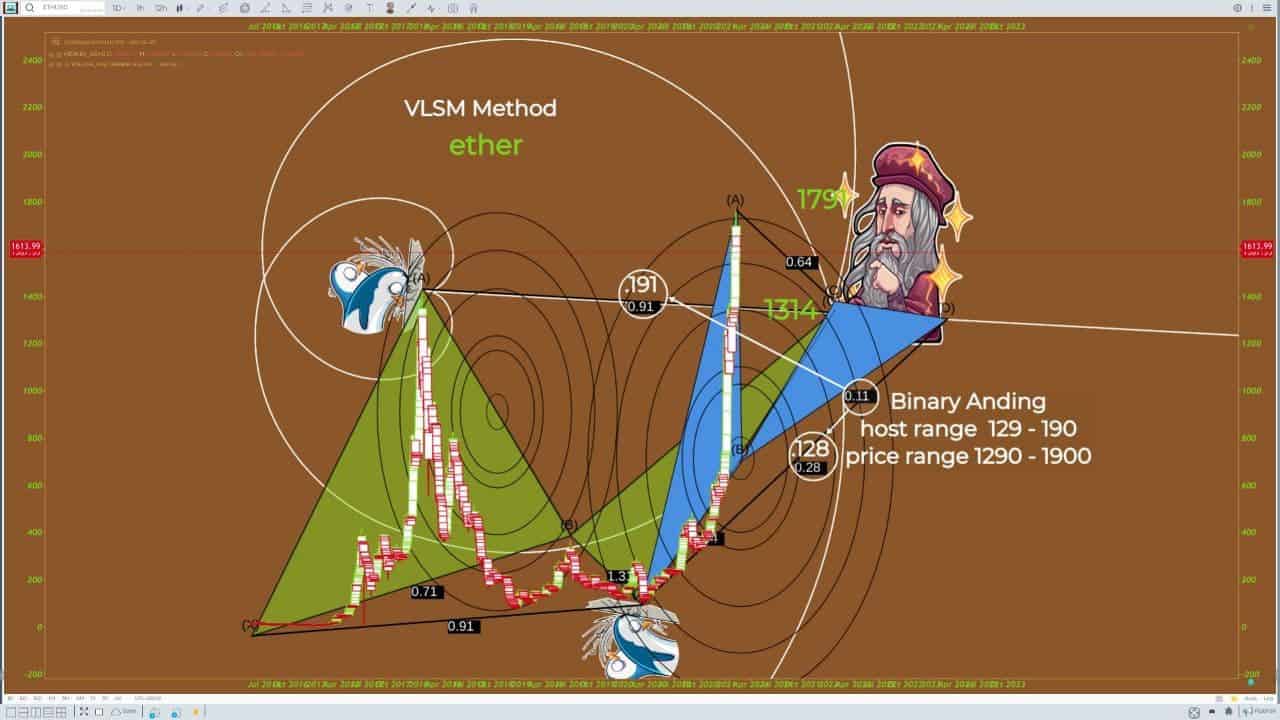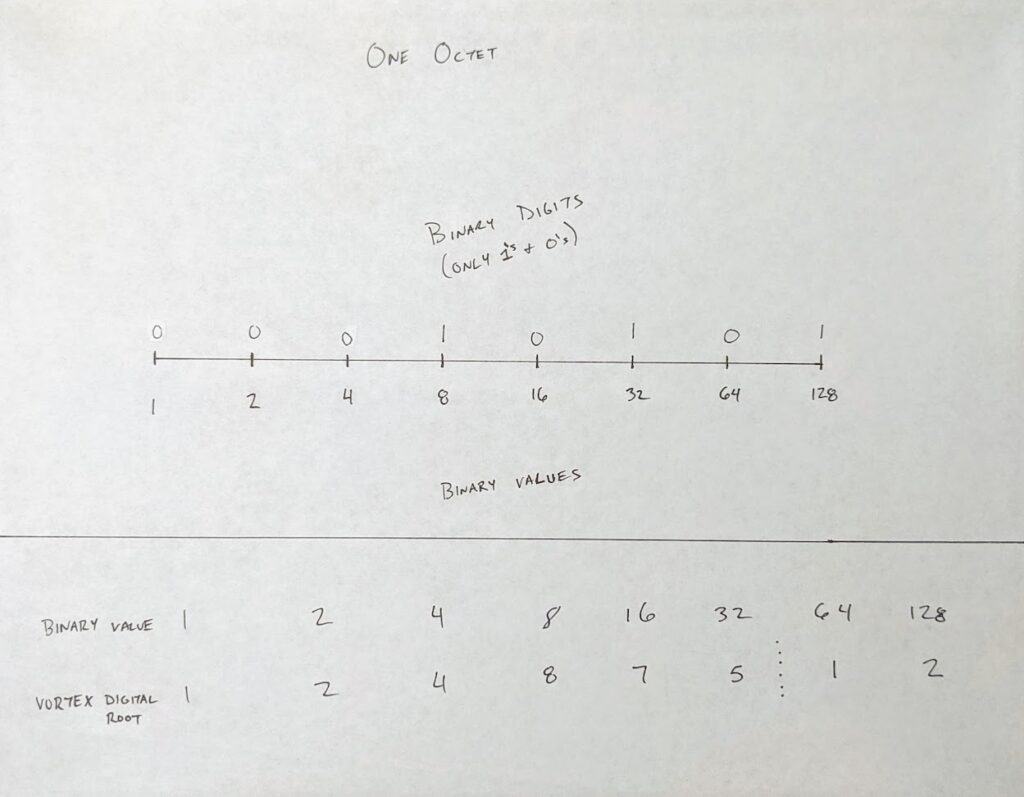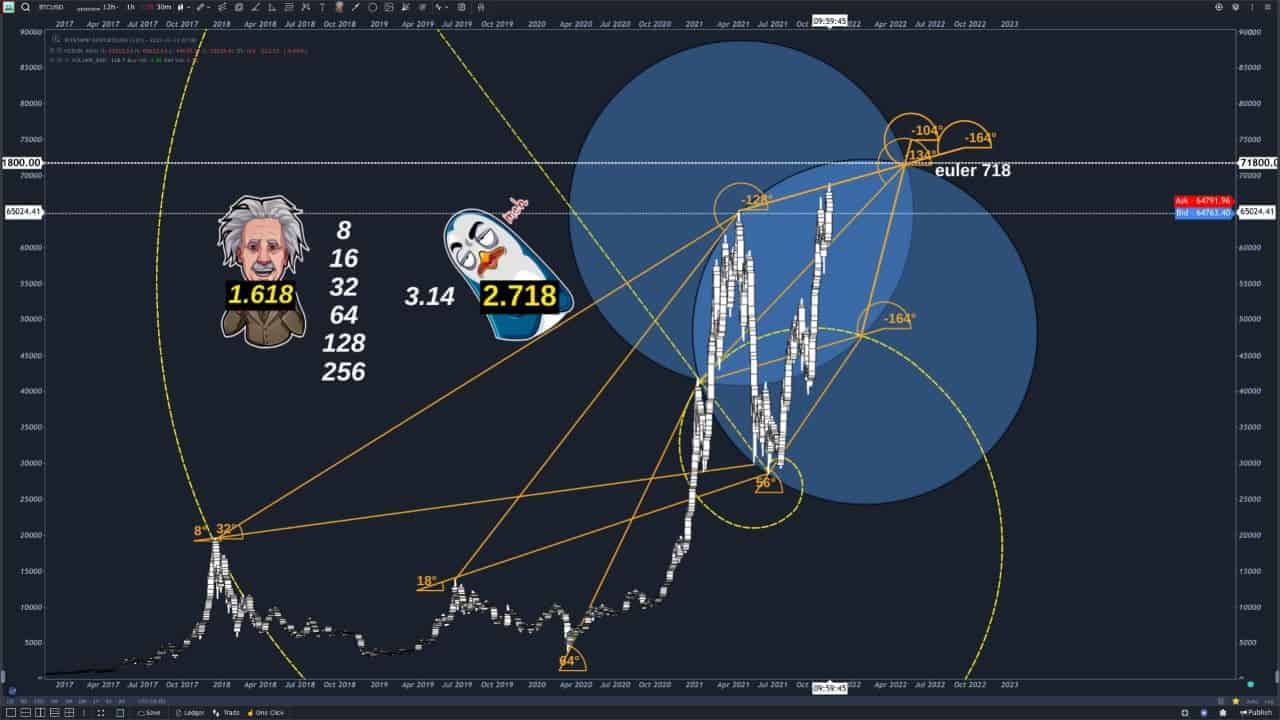Basics of Networking
To understand this chart some very basic knowledge on networking is required.
I have no idea of your background knowledge about this so forgive me if this is too simplistic or a little long winded.
Everything on the Internet runs on Base 8 math.
Without this nothing would be able to communicate with each other.
Every device has an IP address which is like having a phone number that is tied to your device.
Then subnets are used to divide networks containing these devices into segments. (Then you have VLSM which is breaking up 1 subnet into multiple subnets)
Then you have routers (gateways) which allow these segments (subnets) to talk to other devices outside of its environment.
For instance, you could think about all the different telegram channels that you have as being a separate network for each one.
The subnet identifies network devices that are within a specific range of IP addresses that are allowed to communicate with it.
If my IP identifier and subnet are not compatible then I could not connect/talk/transact data with that network.
Aside on IP Addresses
If you were to breakdown an IP address you would find that it is made with 1’s and 0’s in it’s structured code.
That structured code is called binary.
Only 2 positions.
On (1) and Off (0)
Every address is made up of 32 binary bits and broken into 4 octets.
Let’s look at the binary code in one octet.
It does react somewhat similarly to the vortex math rotation of numbers.
In binary it does 1.333333 rotations before it stops.
Basically you get a full 124875 and that 1/3 rotation of another 1 2.
So interestingly a full rotation around the vortex despite never touching 369 equals 27 or 9…
Then the 1/3rd cycle or rotation equals 3 which commands 8² and inverse Giza in the binary set.
Furthermore another point of interest is that when you add up the first octet you get this 27 + 3 = 30 or 3
Three is the number of communication in numerology
Meanwhile all of these binary spots of the full address equal 256 or 13 reduced to 4. The number of law and order.
So with the harmonic that Candle laid in the chart…
When you check the inverse harmonic, it returned a segment of a network with 191 being a broadcast address that communicates with the rest of the network. This is not a usable address for network devices on that network, however it has an important role in communicating with the entire subnet to send messages to all devices connected to that network
It’s basically broadcasting a message to the subnet finding the destination address where the packets are heading to next.
Hence it is headed to the .64 network aka point A of the harmonic (Price point 1703). The harmonic itself is the router/gateway which connects the networks letting packets flow from .128 to .64 in this case. 191 is letting the .128 network know that packets are going to the .64 network in this case.







